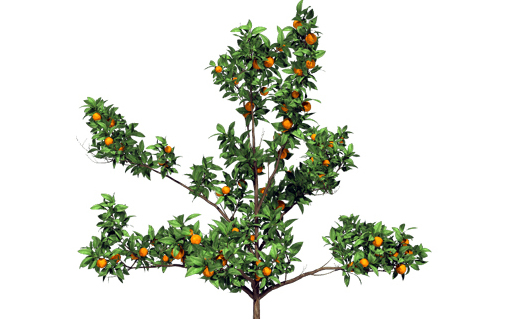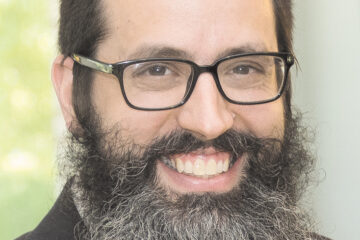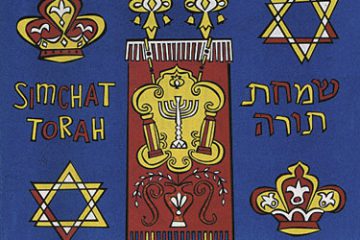Of children and trees

By Rabbi Levi Simon, Chabad of Greater Dayton
If you would see my son Shmuel you might mistake him for a girl, as many have, because of his long hair. Rochel, my wife, and I are not having him grow up as a hippie; we are marking the beginning of his journey of learning.

In August, we will celebrate his upshernish, hair cutting. His long, light brown hair will be cut for the first time in his life. An upshernish or upsherin (Yiddish for shearing off) is an ancient Jewish custom, a ceremony when a boy’s hair is cut for the first time, at the age of 3.
Care is taken to leave peyot, sidelocks, which is a biblical mitzvah (commandment) as specified in Leviticus 19:27. The ceremony can include putting on a yarmulke (skullcap) and tzitzit (fringes) for the first time, as well as doing other mitzvot.
Why do we wait until 3 to cut our son’s hair? The midrash (rabbinic commentary from the Talmud) tells us that Abraham, our forefather, first recognized God at the age of 3. He rejected the idols of his ancestors and began to teach the world a new path of belief in the one God.
At 3 years old, a child begins to share with others what he or she has been absorbing during the first years of life. He begins to participate in the rituals and customs: a boy begins to wear his tzitzit, and a girl begins to light a Shabbat candle, sharing their unique souls with the world through their mitzvah.
On a deeper level, the Torah compares a human being to a tree. Just as there is a biblical command not to eat from a fruit tree’s produce during its first three years, so too, we don’t cut our son’s hair during the first three years.
We, as guardians and teachers of the youngest generation, can learn a few lessons from the comparison between a child and a young tree. Just as a young tree must be nourished and protected so that it may grow big and strong, so too, a child must be taken care of and protected.
As parents, grandparents and members of the community, it is our responsibility to ensure that our children have strong roots so that they grow into sturdy adults and can weather any storm. Those roots must be nourished starting from the youngest age. This is done by teaching them how to live a life according to Torah values.
There are two types of agricultural fields. One produces grains from which we make bread, the essential staple of life. The other is an orchard where fruits grow, which add flavor and zest to our lives.
When we provide for our children, we are not satisfied with giving them just the basics. The meals that we make are full of flavors and healthy choices, our homes have ample space and the activities we sign them up to give them a wide variety of experiences. We feel it is a necessity to give them the extras.
So too, as we teach our children, it is not just about giving them the staples of Judaism, such as the Ten Commandments. Our children’s education must incorporate the full spectrum of Torah learning that will give them the feelings of love and appreciation for God. Their Jewish life will not comprise the barest staples, but will be full of variety, flavors, and zest.
We, the caretakers and members of the community, must feel a great pride in the awesome responsibility that God has given us. Just as we are not content to provide our children with just the minimum food, shelter and toys, so too, we must give our children the best in Jewish education starting from the youngest age. The ritual and joy of the upsherin will hopefully be just the beginning of our son’s lifelong attachment to Judaism.
To read the complete August 2015 Dayton Jewish Observer, click here.




